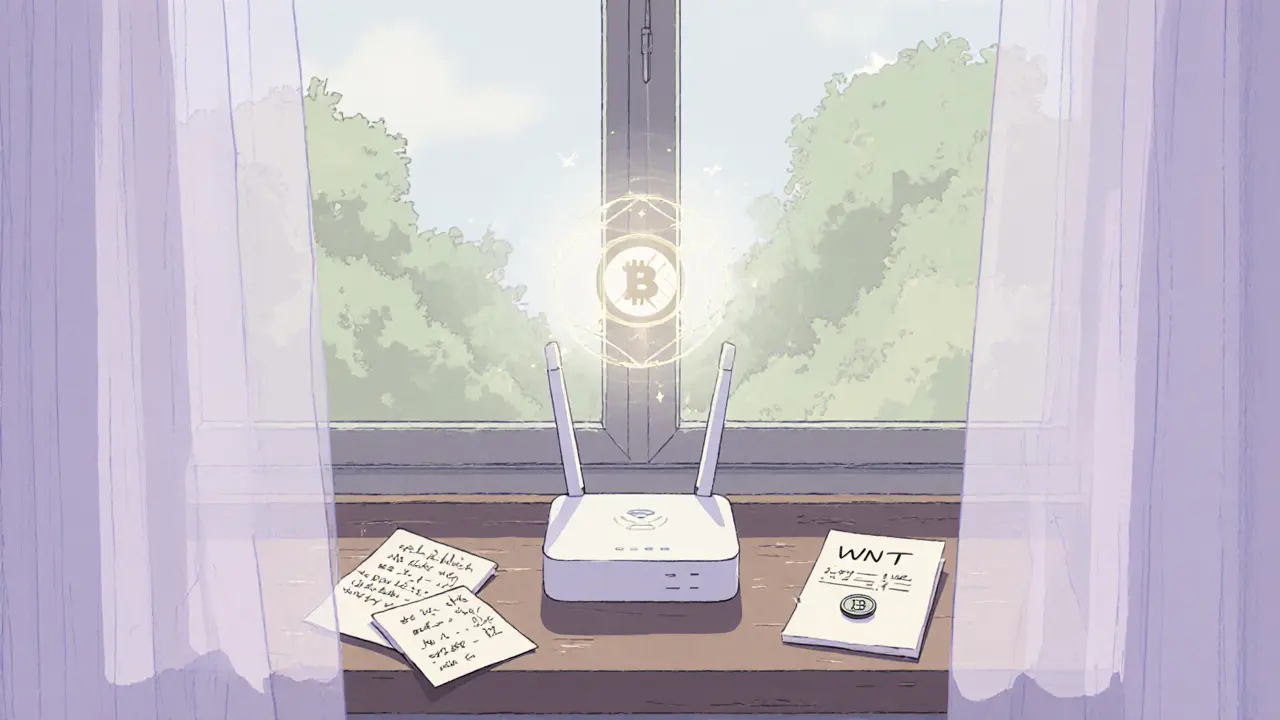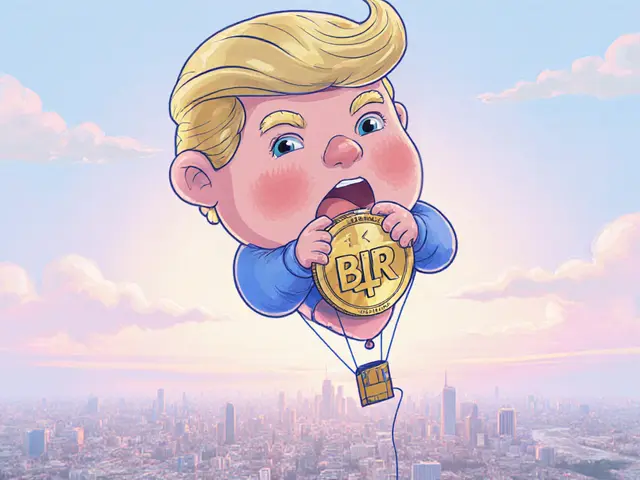Wicrypt NFT: What It Is, How It Works, and Why It Matters
When you think of NFTs, you probably picture digital art or profile pictures. But Wicrypt NFT, a token tied to a decentralized Wi-Fi network that rewards users for sharing internet access. Also known as Wicrypt, it turns your home router into a mini crypto node—no mining rig needed. This isn’t just another collectible. It’s a working piece of infrastructure. People in Nigeria, India, and parts of Latin America are already using Wicrypt to earn tokens just by letting others connect to their Wi-Fi. No middleman. No big telecom company taking a cut. Just you, your router, and a blockchain that pays you in WIC tokens.
Wicrypt NFTs aren’t just digital badges—they’re keys to access a growing peer-to-peer internet. Each NFT represents a physical hotspot device or a registered connection point. The more people who use your hotspot, the more WIC tokens you earn. It’s like being a small-scale internet provider, but without the bills or bureaucracy. This model solves real problems: areas with poor or expensive internet get better coverage, and everyday people get paid for infrastructure they already own. It’s not theory. It’s happening now. And the NFTs? They’re the proof of ownership and the ticket to rewards.
Related to this are the broader ideas of DePIN, decentralized physical infrastructure networks that use crypto to incentivize real-world hardware participation. Also known as decentralized physical infrastructure, it’s the backbone of projects like Helium, Filecoin, and now Wicrypt. Then there’s blockchain Wi-Fi, a system where internet access is tokenized, tracked, and paid for on-chain. These aren’t buzzwords—they’re the tools that make Wicrypt possible. You don’t need to be a tech expert to get involved. Just plug in a device, share your connection, and start earning. No KYC. No waiting for approval. The network runs on Ethereum and BSC, so it’s open to anyone with a wallet.
What you’ll find below are real, verified posts about Wicrypt NFTs—how to claim them, where they’re being used, what they’re worth today, and whether they’re still worth holding. No hype. No fake airdrops. Just what’s actually happening on the ground. If you’ve ever wondered if sharing your Wi-Fi could pay off, these articles show you exactly how—and who’s already getting paid.

Wicrypt promised free tokens for sharing Wi-Fi, but the 'NFT & Device Drop' was a paid device sale that failed due to poor execution, locked tokens, and no scaling. WNT is now worthless.
Jonathan Jennings Nov 3, 2025




